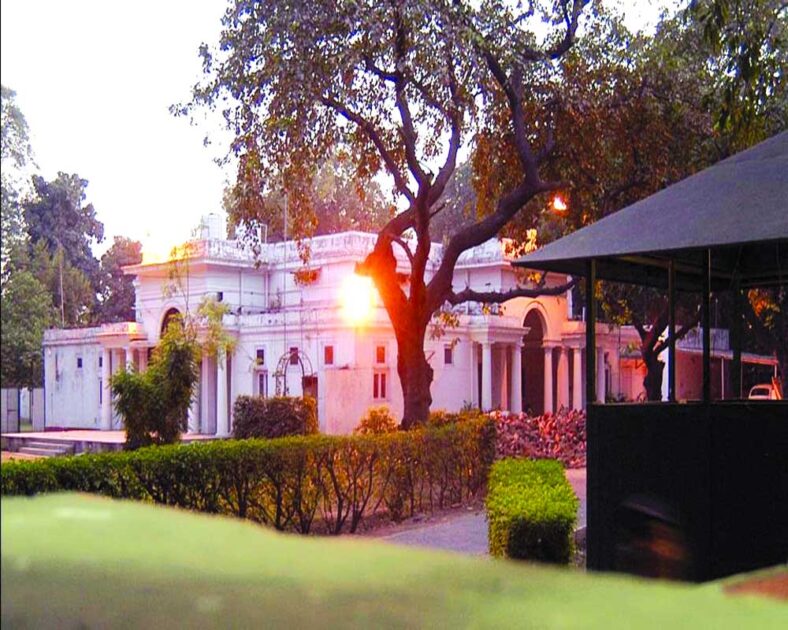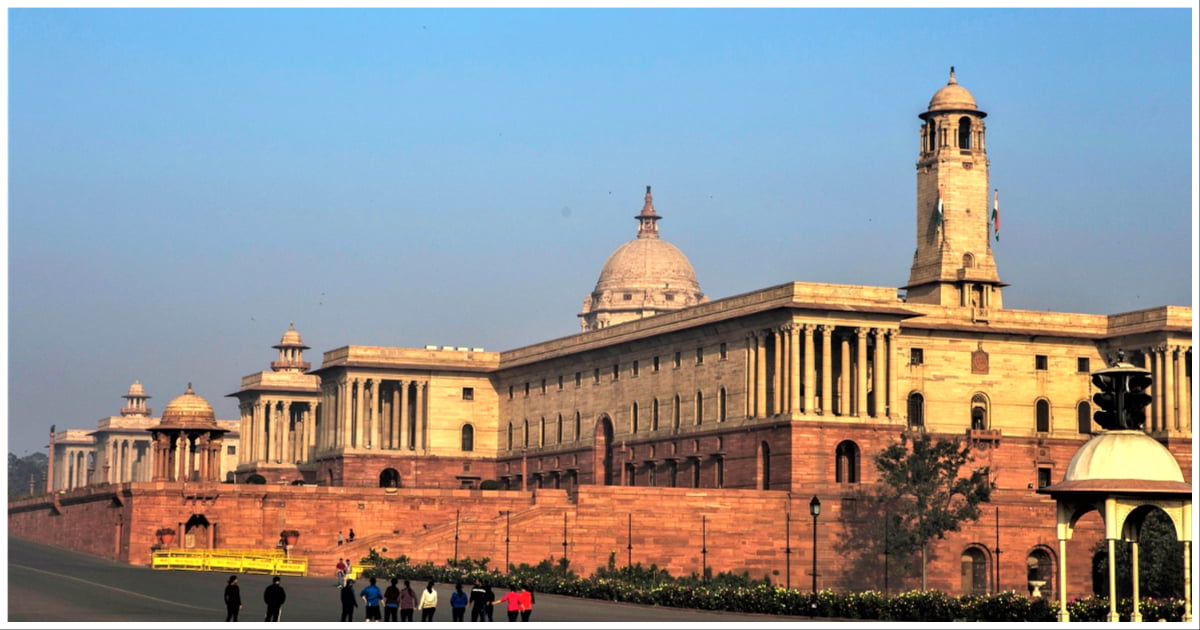Lutyens’ Delhi is a planned city in the heart of India’s capital, New Delhi. Named after the British architect Sir Edwin Lutyens, who designed the city in the early 20th century, it is a remarkable example of colonial architecture, blending western and eastern styles.
History of Lutyens’ Delhi
The history of Lutyens’ Delhi dates back to 1911 when the British decided to shift their capital from Calcutta to Delhi. It was a significant moment in India’s history, marking the shift from the Mughal era to the British colonial era.
Sir Edwin Lutyens was appointed as the chief architect for the project, and he collaborated with Sir Herbert Baker, an architect who specialized in Indian architecture. Together, they designed a city that reflected the grandeur of the British Empire while incorporating elements of Indian culture and architecture.

Construction of the city began in 1912 and took nearly twenty years to complete. Lutyens’ Delhi was officially inaugurated in 1931, and it served as the capital of British India until its independence in 1947.
Lutyens’ Delhi: Cultural Heritage
Lutyens’ Delhi is a cultural treasure, reflecting the rich history and diversity of India. The city is home to several iconic landmarks that have become symbols of Indian identity and heritage.
The most prominent among them is the Rashtrapati Bhavan, the official residence of the President of India. Designed by Lutyens, the building is an excellent example of the fusion of western and Indian architecture. It has 340 rooms, a Mughal garden, and a vast central dome that is 145 feet high.
Another landmark is the India Gate, a war memorial that commemorates the soldiers who died in World War I. It is a 42-meter-high archway that stands at the end of Rajpath, a broad avenue that runs through the heart of the city.
The Parliament House is another iconic building, designed by Lutyens and Baker. It is a circular building with a central dome and two semicircular colonnades. It houses the Lok Sabha and the Rajya Sabha, the two houses of the Indian Parliament.
The current scenario
Today, Lutyens’ Delhi is a bustling metropolis and the political center of India. The city has grown exponentially since its inception, and it is now home to over 11 million people. Despite this growth, the cultural heritage of Lutyens’ Delhi has been well-preserved. The city has several heritage sites that are protected by the government, and efforts have been made to maintain the city’s unique character and architecture.
However, Lutyens’ Delhi has also faced challenges in recent years. Rapid urbanization and population growth have put pressure on the city’s infrastructure, leading to problems such as traffic congestion and pollution. There have also been concerns about the encroachment of green spaces and heritage sites. In recent years, there have been protests against the proposed construction of new buildings and commercial projects in Lutyens’ Delhi.
The government has taken steps to address these challenges. For instance, the Delhi Development Authority has proposed a plan to develop the area around the India Gate into a pedestrian-friendly zone, with more green spaces and recreational areas.
Final thoughts
Lutyens’ Delhi is a testament to India’s rich cultural heritage and history. The city is a fusion of western and eastern styles, reflecting the complex and diverse nature of Indian society. While the city has faced challenges in recent years, efforts are being made to preserve its unique character and architecture. As India continues to grow and evolve, Lutyens’ Delhi remains a symbol of the country’s past, present, and future.
Delhi, which is also known as the ‘City of Djinns’, has been the capital of various empires and kingdoms throughout history. The city has been destroyed and rebuilt several times, leaving behind a rich legacy for historians and storytellers alike. The city’s monuments and buildings are a testament to its glorious past.




